Introduction
Dynamics in mathematics refers to the branch of mathematics that focuses on the study of motion and change. It involves the analysis of how objects move and how their characteristics evolve over time. Dynamics encompasses a range of concepts and methods used to examine and describe the behavior of systems in motion. Here are some key aspects of dynamics in simpler terms.
-
Motion Analysis: Dynamics involves studying and understanding the motion of objects, including their position, velocity, and acceleration. It seeks to explain how objects move when subjected to various forces and influences.
-
Newton's Laws of Motion: Dynamics relies on Newton's three laws of motion, which provide fundamental principles for understanding the relationship between forces, mass, and acceleration. These laws form the basis for analyzing and predicting object motion.
-
Forces and Energy: Dynamics considers the forces acting on objects and their impact on motion. It encompasses concepts such as gravitational forces, friction, and applied forces. The study of energy, including kinetic and potential energy, is also essential in dynamics.
-
Oscillations and Vibrations: Dynamics examines periodic motion, including oscillations and vibrations. It investigates phenomena such as pendulums, springs, and harmonic motion, analyzing the recurring patterns in object behavior.
-
Particle and Rigid Body Dynamics: Dynamics addresses the motion of individual particles as well as systems of interconnected particles, such as rigid bodies. It investigates the forces and torques that influence both rotational and translational motion.
-
Differential Equations: Dynamics employs differential equations to mathematically model and describe dynamic systems. These equations establish relationships between motion, forces, and other variables, enabling analysis and prediction.





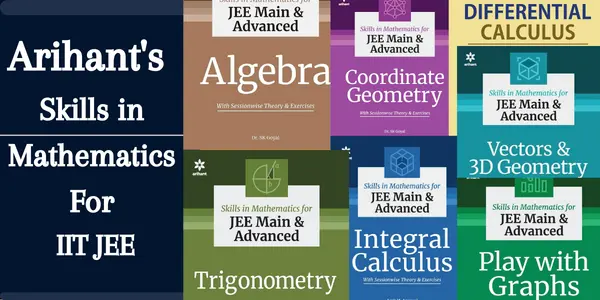
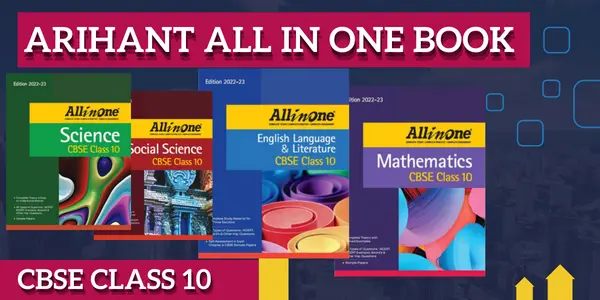
.webp)
%20(1).png)






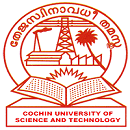 CUSAT CAT (Cochin University of Science ...)
CUSAT CAT (Cochin University of Science ...) MHT CET (Maharashtra Common Entrance Tes...)
MHT CET (Maharashtra Common Entrance Tes...) KCET (Karnataka Common Entrance Test...)
KCET (Karnataka Common Entrance Test...) JEE Advanced (Joint Entrance Examination...)
JEE Advanced (Joint Entrance Examination...)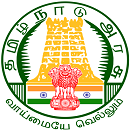 TNEA (Tamil Nadu Engineering Admissions...)
TNEA (Tamil Nadu Engineering Admissions...) SRMJEEE (SRM Joint Engineering Entrance ...)
SRMJEEE (SRM Joint Engineering Entrance ...) WBJEE (West Bengal Joint Entrance Examin...)
WBJEE (West Bengal Joint Entrance Examin...).webp) GUJCET (Gujarat Common Entrance Test...)
GUJCET (Gujarat Common Entrance Test...) BITSAT (Birla Institute of Technology an...)
BITSAT (Birla Institute of Technology an...) VITEEE (Vellore Institute of Technology ...)
VITEEE (Vellore Institute of Technology ...)


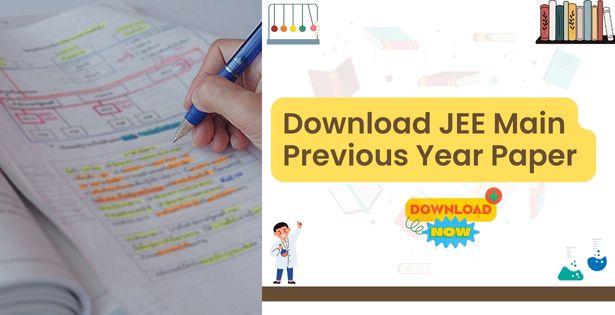
%20(1).png)
